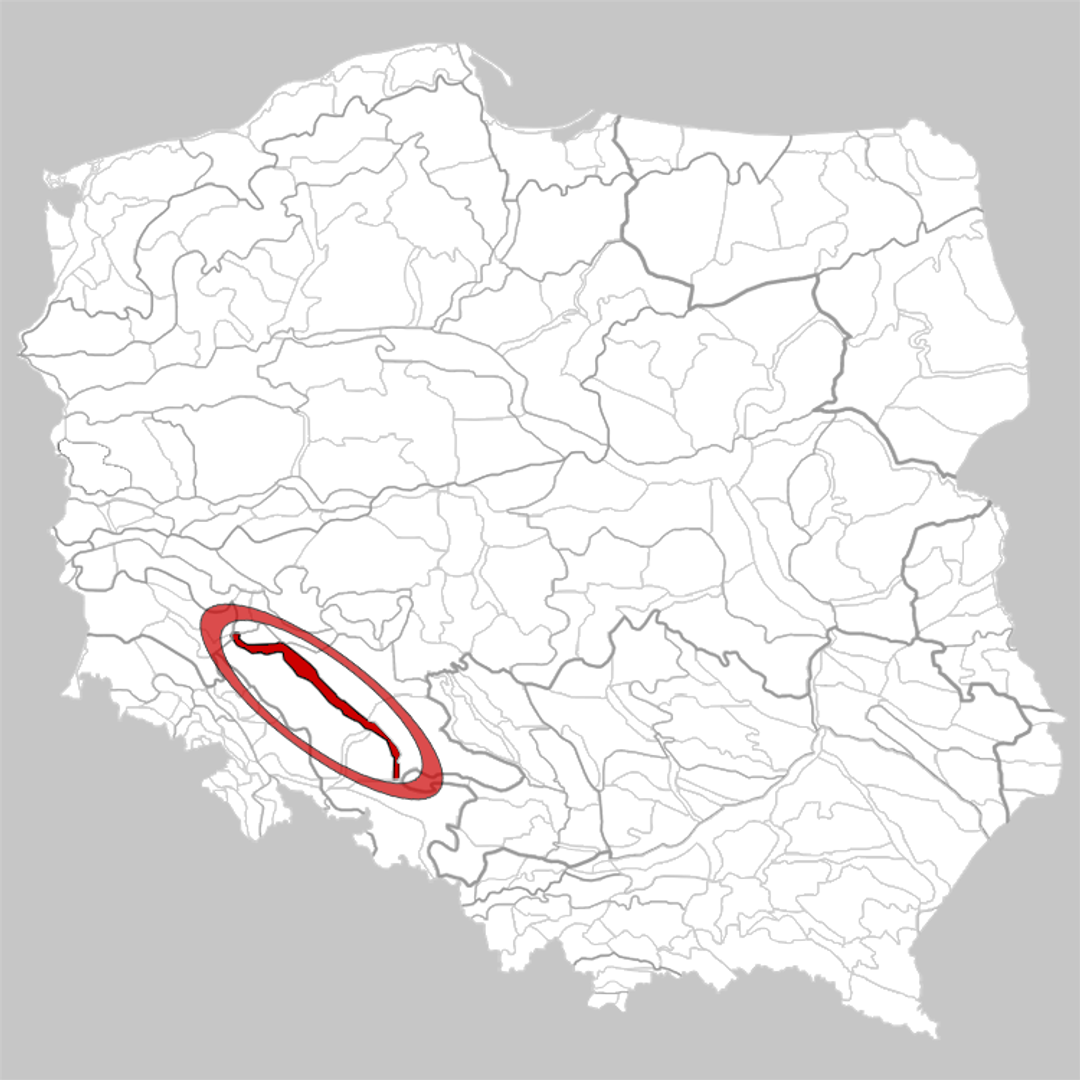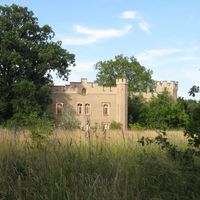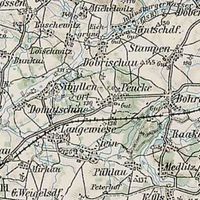Długosiodło
8.19

Overview
The municipality of Długołęka, located in the Lower Silesian Voivodeship, stands out for its rich history, culture, and architecture. Honorary citizenship of the municipality has been awarded since 2008, with recipients including director Jan Jakub Kolski and the mayor of Wrocław, Rafał Dutkiewicz. The municipality has a dynamically developing community, reflected in high voter turnout rates—for example, reaching 61.05% in the first round of local elections in 2018. Długołęka is the most populous rural municipality in Poland, with a population of 34,471 as of June 2020. The geography of the municipality is diverse, ranging from the valleys of the Wrocław Pradolina to the northern slopes of the Trzebnickie Hills. The area is characterized by a favorable temperate climate and abundant water resources, including the Widawa and Oleśniczka rivers. The municipality also has significant standing water resources, including numerous fishponds. Settlement in Długołęka dates back to the Neolithic period, particularly in places like Oleśniczka and Bielawa, where traces of prehistoric people have been found. The historical period, beginning in the 12th century, is associated with its affiliation with various Silesian duchies, and after World War II, the area was repopulated by repatriates and displaced persons. The municipality is currently experiencing intensive development, evident in new investments such as the new municipal office building, opened in 2010. Transportation in the municipality is well-developed, thanks to the S8 expressway and a railway network with two stations. An interesting phenomenon is the noticeable suburbanization, with residents of Wrocław moving to the countryside. The area is predominantly covered by podzolic soils, and the extensive network of streams and rivers provides water for agriculture, which occupies 71% of the agricultural land. Długołęka is a place where history meets modernity, creating the unique character of this municipality.
Location
You can also find here:
2025 Wizytor | All Rights Reserved


